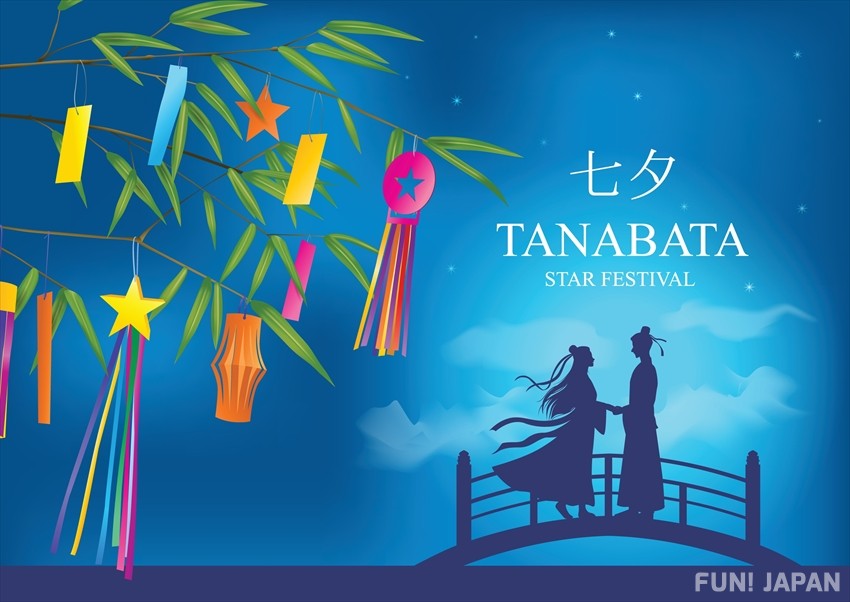
With tales of love, betrayal and battles, Japanese folk tales and legends are a fantastical combination of reality and fantasy. While folktales traditionally refer to stories passed through generations aurally, Japan’s amalgamation of legends and folk lore are a mix of written (called monogatari) and spoken tales. Many date back to the 14th century and earlier. Author and folklorist Kunio Yanagita pioneered the collection of these tales, preferring the term mukashibanashi, meaning tales of long ago - which he felt was closer to the Japanese tales he had gathered.
While many elements of the tales remain the same, characters and aspects change from region to region. The Go-dai Mukashi Banashi, the five great tales, consist of Momotaro, Saru Kani Gassen, Hanasaka Jiisan, Kachi-Kachi Yama and Shita-kiri Suzume. These are cornerstone tales and some are known outside of Japan. We’ve explored five of the most popular Japanese folklore tales below, with five lesser-known stories found here.
1. Tsuru no Ongaeshi: A Crane’s Returning of Favour
A very popular Japanese tale, this story holds simple lessons of gratitude and the keeping of promises, and has many variations across Japan including goose, clam, fish and snakes as wives, with varying skills and gifts for repayment. The character and tale appears in many popular culture forms, including Animal Crossing (the character Gladys), One Piece, Legion and Flying Witch among others.
The Story of a Broken Promise
In this tale, a young farmer is working in the fields when he finds a beautiful crane who
has been shot down by hunters. Carefully removing the arrow and tending to the creature’s wounds, the farmer is able to set the crane free. Circling the farmer three times before flying away, the crane returns to the wild.
When the farmer returned home that day, he was greeted by a beautiful woman who suggested they marry. Concerned he could not support them on his meager farmer’s income, he was persuaded when she showed a small bag of rice she said would feed them both. They lived happily, with the small rice sack never reducing. One day, the beautiful wife locked herself in their small weaving room, asking her husband not to enter until she was ready. Emerging after seven days and very thin, she presented him with a beautiful garment and asked him to sell it at the market. He sold it for a high price, and they lived well. When she returned to the room a second time, the husband struggled to control his curiosity, wondering how she could weave with no thread. Peeking in, he saw it was in fact the crane, weaving using her own feathers. Realising she had been seen, the crane explained she had come to repay his kindness but must now leave, unable to stay now he knew her identity.
2. Taketori Monogatari - The Tale of the Bamboo Cutter
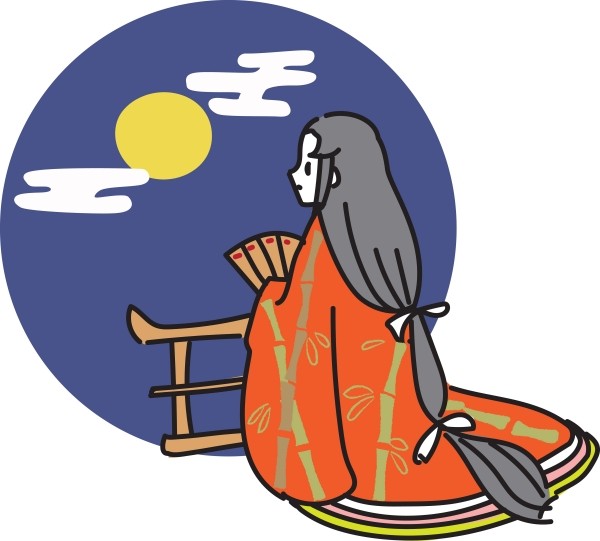
The origin tale of Mt. Fuji, this tale is known by two names: Kaguya-hime no Monogatari (The Tale of Princess Kaguya) after its protagonist, and is also referred to Taketori Monogatari (the Bamboo Cutter). It is considered one of the oldest surviving monogatari, or written tale, and is referred to in a poem from the 10th century. It has been turned into a Studio Ghibli film as well as being used as inspiration for countless works, including Sailor Moon, Naruto, Fly me to the Moon and Turn a Gundam.
The Lessons of Eternal Love
In this tale, an old bamboo cutter spies a glowing stalk of bamboo, and cutting it open, finds a thumb-sized baby within. As he and his wife have no children, they decide to raise the foundling, naming her Nayotake no Kaguya-hime, meaning Shining Princess of the Young Bamboo. From then on, the bamboo cutter finds nuggets of gold in every bamboo stalk he cuts down.
Growing into a beautiful woman, the princess attracts countless suitors, including five noblemen. Unimpressed, Kaguya devises five impossible tasks: to bring the stone begging bowl of Buddha, a jewel from a dragon, a robe of Chinese fire-rat skins, a cowry shell from a swallow and a jeweled branch from the mythical island of Horai. Three men cheat, presenting forged items, one gives up and another dies in his attempts. Still unmarried, the princess meets the Emperor of Japan, who proposes but is rebuffed over many years, although they remain in letter contact.
One night when viewing the moon, the princess becomes upset and eventually informs her parents she is not from earth and must return to her people on the moon. Writing a final letter to the Emperor and offering an elixir of eternal life, she ascends to the moon, forgetting any connections to the earthly world. The Emperor, however, asks for his officers to burn his reply on the highest mountain, hoping his words can reach the princess. He rejects the elixir, not wishing to live without her.
It is said they burned the letter on the Great Mountain of Suruga, an ancient province in the Kanto region. The mountain was soon known by the name Fushi (不死) meaning immortality, while the kanji characters (富士山) can be translated to mountain abounding with warriors, with the smoke of the volcano seen as carrying his final message.
3. Momotaro - The Peach Boy
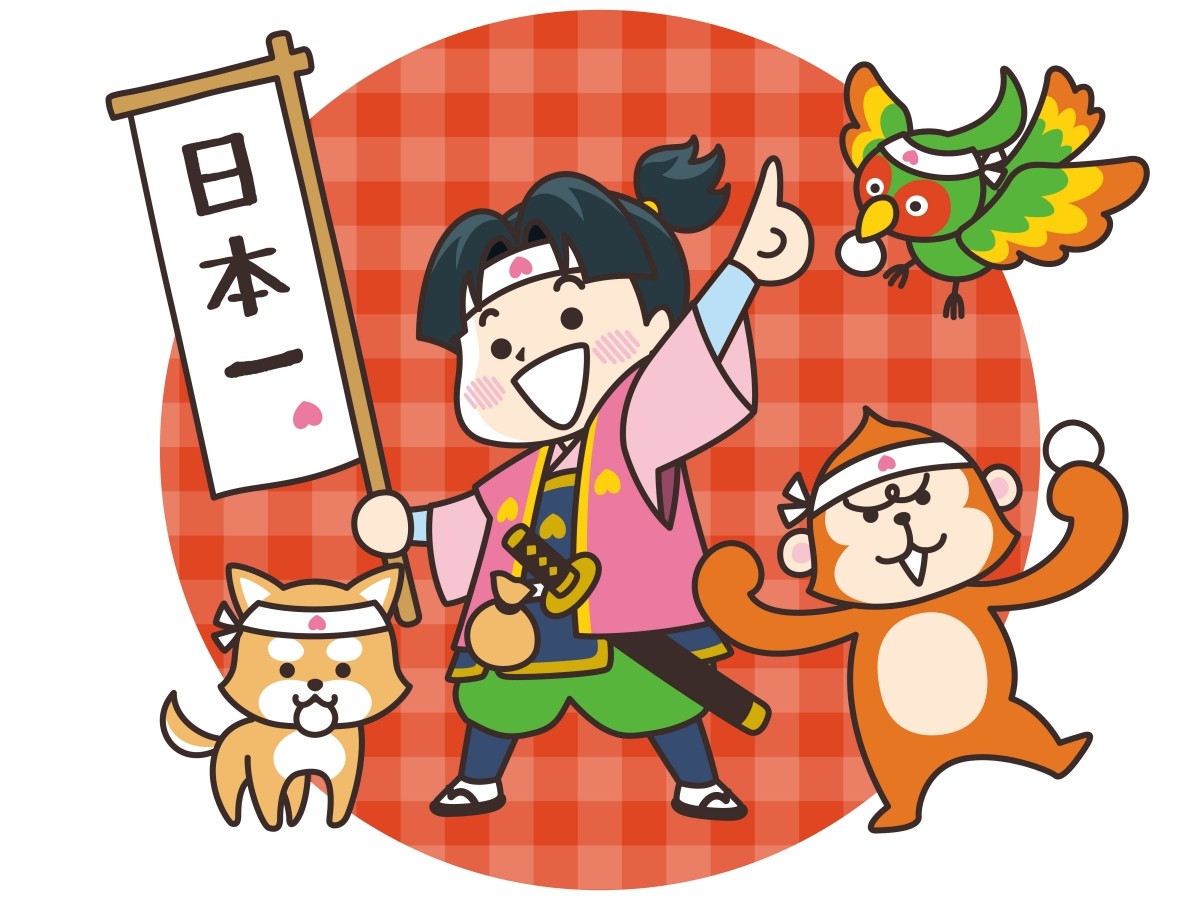
Possibly the most well-known of Japan’s tales, Momotaro is a popular hero who sprung from unlikely circumstances. He is seen across Japan, but has become the mascot of Okayama prefecture, likely thanks to his love of the local treat kibi dango (millet rice cakes).
The Tale of the Boy who Battled Demons
As an old lady washed clothes in a river, she spotted a giant peach floating towards her and quickly caught it. Taking it home to her husband, the childless couple were shocked when it split open, revealing a small boy. The child explained he had been sent by the gods to be their son, and they named Momotaro (peach boy). Many years later when he was a teenager, Momotaro asked his father’s permission to leave home and fight a band of demons, and was given permission. On his journey, he was joined by a dog, a monkey, and a pheasant who promised to help him in exchange for some of the kibi dango his mother had given him for the trip. Initially quarrelling, the creatures soon became harmonious after a plea from Momotaro and marched as an army to the demon’s lair.
As they spied the castle from a boat, the bird was sent to distract the demons while Momotaro, the monkey and the dog snuck into through tunnels. They attacked the demons with the strength of 100 men, killing all but the king, who pleaded for mercy. Placing him in the monkey’s care, Momotaro collected the demons’ treasure, freed their victims and returned home to live out life with his parents.
4. Tanabata - The Seventh Evening
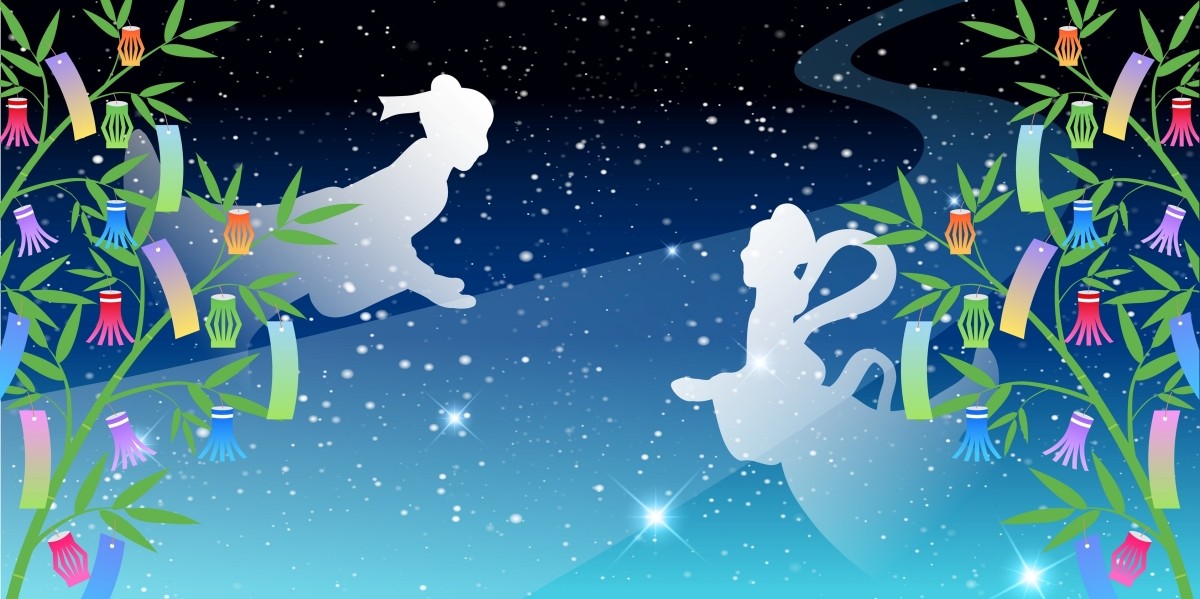
Celebrated with hanging paper decorations each summer, Tanabata is a celebration of star-crossed lovers and hopeful wishes. It is celebrated on the 7th day of the 7th lunar month, which is July 7th on the Gregorian Calendar, but in some places it is held on August 7th as per the Chinese calendar. People write wishes on small pieces of paper and tie them to bamboo trees, they’re then sailed down rivers or burned as offerings.
The Story of the Star Crossed Lovers
The traditions originate from a Chinese legend, arriving in Japan in the 8th century. Seated beside the amanogawa (heavenly river), or milky way, a princess named Orihime would weave beautiful clothes and one day, her father arranged for her to meet a farmer called Hikoboshi from across the heavenly river. The couple fell in love, abandoning their work - much to the anger of the princess’s father, Tentei. Separating them to different sides of the river once again, he ordered them to never meet again. After tearful pleas from his daughter, he agreed they could meet once a year, on the 7th day of the 7th month.
On the long-awaited day of their first meeting, the couple found there was no bridge, and answering Orihime’s tears, a flock of magpies promised to appear to create one using their wings. Rain on the day of Tanabata is known as Orihime’s tears, as it means the birds could not rise above the rising waters and they would be forced to wait another year.
5. Kintaro: The Golden Boy
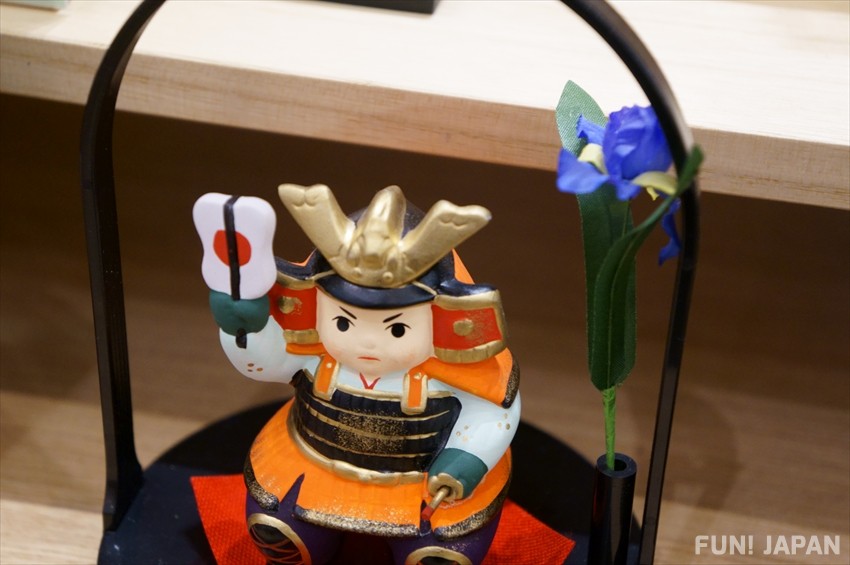
Japan’s literal golden boy, Kintaro is a hero child with amazing strength, a close connection to animals and a future as a warrior. Believed to have been based on a real person from Kanagawa, the character was often portrayed in Japanese theater and now appears in countless anime, manga and videogames. On Boy’s Day (a traditional Japanese holiday) parents put out Kintaro figures in the hope their sons will be strong and brave.
The Adventures of Kintaro
There are many versions of the Kintaro tale, but all share similar beginnings of his childhood in the forest. Whether he was abandoned by his mother, raised by her or left to fend for himself after her death, he soon developed an affinity for the wild. Befriending the mountains of Mt. Kintoki and Mt. Ashigara, he carries a hatchet, wears a red bib with the gold kanji on, and has a chubby face with an instantly-recognisable haircut. Running amok in the forest, tales tell of his ability to befriend animals, defeat demons and sumo-wrestle bears (always winning, of course). As an adult, he changes his name and becomes lead fighter for a local samurai after being spotted felling trees in the forest.

Comments